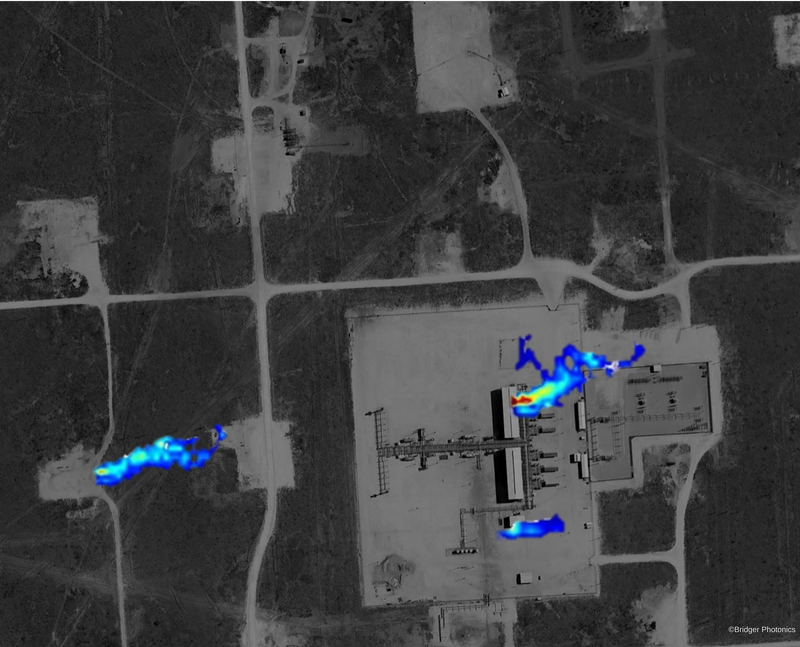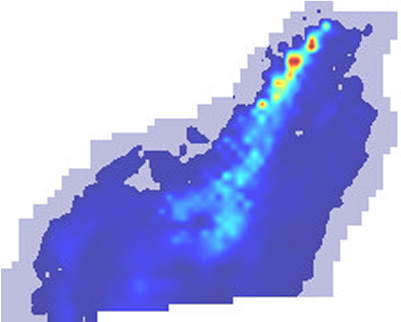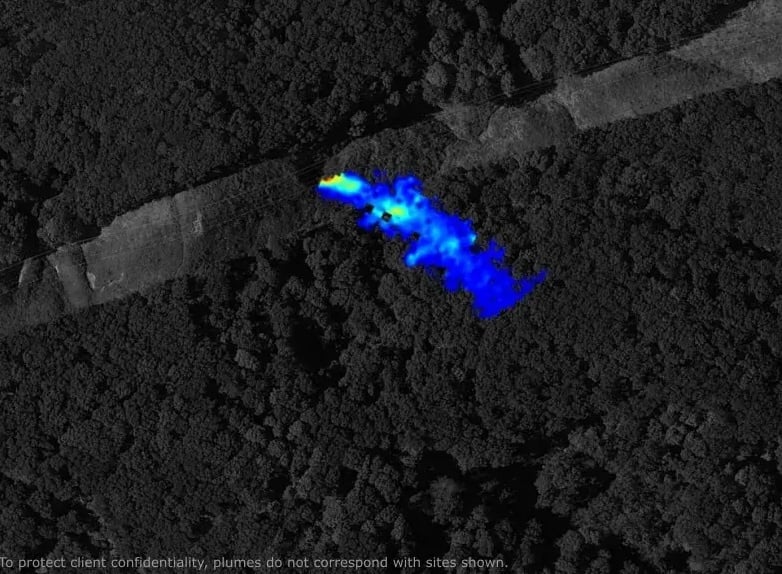Learn
What is Methane Detection Sensitivity?
Explore emission rate detection sensitivity, its importance, and independent studies confirming Bridger's sensitivity.

What Is Detection Sensitivity and Why Is It Important?
Emission rate detection sensitivity, or often just referred to as “detection sensitivity,” refers to the size of a methane emission rate that can be reliably detected by a technology solution. Having a “better” detection sensitivity (i.e., the ability to detect smaller emissions as well as large ones) that is well-characterized, enables operators to catch more of their emissions and more accurately track their emissions reductions. If a technology’s sensitivity is too “poor”, then a majority of emissions can be missed and it can be impossible to sufficiently reduce emissions or accurately track progress. It’s essential for operators to choose a methane detection solution that has sufficient detection sensitivity to enable them to meet their emissions reduction goals.


The Bridger Difference
We’ve worked with our clients to dial in the right detection sensitivity for our Gas Mapping LiDAR® (GML) sensors to identify significant leaks, while avoiding an excessive maintenance burden on the operator with leaks that don’t appreciably impact their overall emissions. We’ve landed on a detection sensitivity that detects >90% of emissions in typical production basins on each scan.
See below for our sector-specific detection sensitivities.
Stating a Detection Sensitivity
Characterizing a technology’s detection sensitivity can be harder than one might think. For instance, in addition to stating an emission rate (i.e. size of the leak) that can be detected, the detection sensitivity also needs an accompanying probability of detection (PoD) for an emission of that size. More specifically, the PoD refers to the statistical likelihood that an emission of that size will be detected. For example: a detection sensitivity of 3 kg/hr with a >90% PoD would mean that, statistically, more than nine out of ten emissions of that size will be detected. Similarly, 10 kg/hr with a >50% PoD would mean that, statistically, more than five out of ten times, or half of the time, a leak of 10 kg/hr would be detected.
We discourage the use of minimum detection limit, or “MDL”, when characterizing a detection sensitivity because it doesn’t give a meaningful characterization of detection performance. It simply identifies the lowest detected emission rate event (i.e. smallest leak), which is very often an extremely improbable event. For instance, an MDL may realistically correspond to a PoD of 0.01%. At this MDL emission rate, for every detected emission, 10,000 are missed.


For more information, dig into our blog posts about detection sensitivity
Blog post
Understanding Methane Detection Sensitivity
Sensitivity Part I: Breaking Down Methane Detection Sensitivity and Common Confusions
Read nowBlog post
What Methane Detection Sensitivity Is Needed for Meaningful Emissions Reduction?
Sensitivity Part ll: Breaking Down the Percent of Emissions Detected at Different Sensitivity Levels
Read nowBlog post
Methane Detection Sensitivity and Probability of Detection
Sensitivity Part III: Probability of Detection, The Value and Limitations of Controlled Release Testing, and Why Minimum Detection Limit Is Insufficient
Read nowWhat Is Bridger Photonics’ Detection Sensitivity?
- For the production and transmission sectors, we offer a flexible detection sensitivity ranging from 1-15 kg/hr with a 90% PoD, with many operators choosing 3 kg/hr. We can meet any of the sensitivity tiers in the new EPA OOOOb rule, all with a 90% PoD.
- For the distribution sector, we offer a detection sensitivity of 0.5 kg/hr with a >90% PoD.
Studies That Validate Our Stated Detection Sensitivity
Below are three independent, third-party studies that validate Gas Mapping LiDAR’s 3 kg/hr detection sensitivity. For the distribution sector, the nation’s largest distribution utility has conducted double-blind testing on our technology to determine the detection sensitivity of 0.5 kg/hr with a 90% PoD.
Research Study
Robust probabilities of detection and quantification uncertainty for aerial methane detection: Examples for three airborne technologies
Research Study
Single-blind determination of methane detection limits and quantification accuracy using aircraft-based LiDAR
Research Study
Blinded evaluation of airborne methane source detection using Bridger Photonics LiDAR
Want to Learn More about Gas Mapping LiDAR?
Learn how our cutting-edge emissions monitoring technology can help reduce your emissions.


